Saururus chinensis
Saururus chinensis
1. The products in our compound library are selected from thousands of unique natural products; 2. It has the characteristics of diverse structure, diverse sources and wide coverage of activities; 3. Provide information on the activity of products from major journals, patents and research reports around the world, providing theoretical direction and research basis for further research and screening; 4. Free combination according to the type, source, target and disease of natural product; 5. The compound powder is placed in a covered tube and then discharged into a 10 x 10 cryostat; 6. Transport in ice pack or dry ice pack. Please store it at -20 °C as soon as possible after receiving the product, and use it as soon as possible after opening.
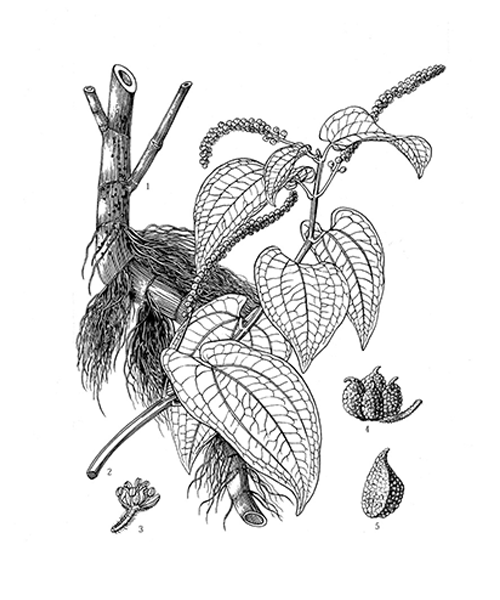
Natural products/compounds from Saururus chinensis
- Cat.No. Product Name CAS Number COA
-
BCN2299
Sauchinone177931-17-8
Instructions

-
BCN2322
Corilagin23094-69-1
Instructions
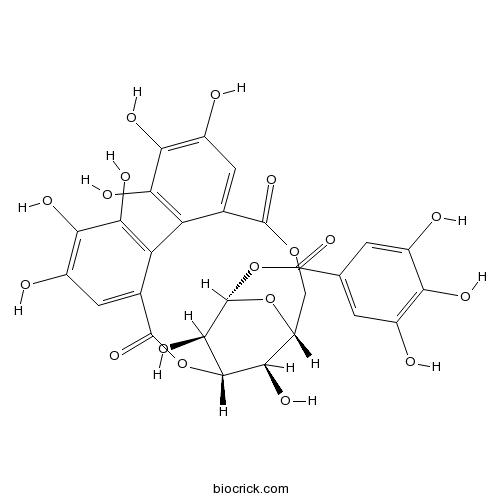
-
BCN4127
Guaiacin36531-08-5
Instructions
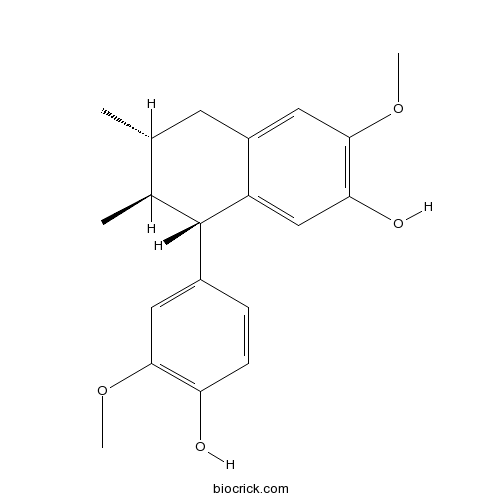
-
BCC9008
(+)-Licarin A51020-86-1
Instructions
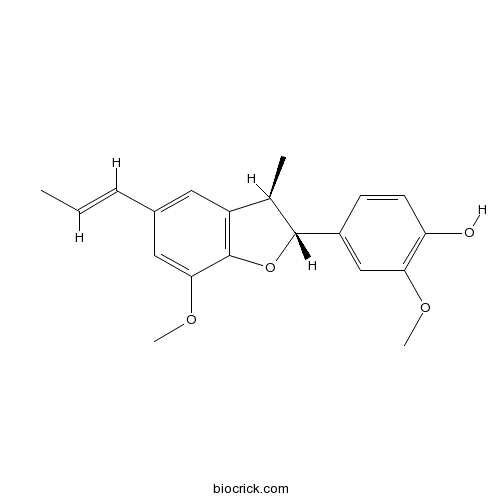
-
BCN5665
Quercitrin522-12-3
Instructions
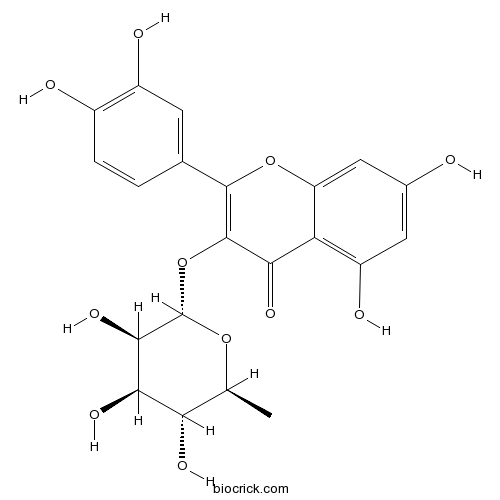
-
BCN9066
Citral5392-40-5
Instructions
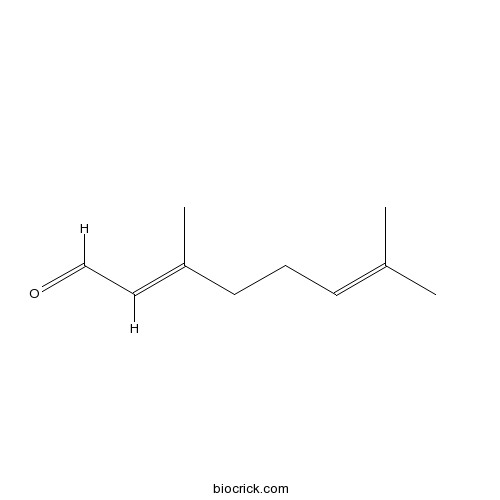
-
BCN4327
Ursolic acid77-52-1
Instructions

Sauchinone inhibits IL-1β induced catabolism and hypertrophy in mouse chondrocytes to attenuate osteoarthritis via Nrf2/HO-1 and NF-κB pathways.[Pubmed: 30015238]
Osteoarthritis (OA) is a common degenerative joint disease for which currently no anti-inflammatory therapy is available. Sauchinone (SAU), a key bioactive compound derived from Saururus chinensis, which has shown remarkable anti-inflammatory effects.
Sauchinone prevents TGF-β-induced EMT and metastasis in gastric cancer cells.[Pubmed: 29499410]
Sauchinone, one of the active lignan isolated from the roots of Saururus chinensis, was reported to possess diverse pharmacological properties, such as hepatoprotective, anti-inflammatory and anti-tumor effects. However, the possible role of sauchinone in the epithelial-mesenchymal transition (EMT) remains unclear. Thus, the aim of this study was to investigate the effect of sauchinone on the EMT in gastric cancer cells. Our results demonstrated that sauchinone significantly inhibited transforming growth factor-β1 (TGF-β1)-induced migration and invasion in gastric cancer cells. In addition, sauchinone efficiently suppressed TGF-β1-induced EMT process in gastric cancer cells. Furthermore, pretreatment with sauchinone dramatically inhibited the activation of PI3K/Akt and Smad2/3 signaling pathways in TGF-β1-stimulated gastric cancer cells. In conclusion, our findings revealed that sauchinone inhibits the TGF-β1-induced EMT in gastric cancer cells via down-regulation of PI3K/Akt and Smad2/3 signaling pathways. Thus, sauchinone may be a therapeutic agent for treatment of gastric cancer.
Simultaneous determination of four amides in Saururus chinensis by matrix solid phase dispersion and high-performance liquid chromatography method.[Pubmed: 29389575]
None
Sauchinone prevents IL-1β-induced inflammatory response in human chondrocytes.[Pubmed: 29356224]
Sauchinone is one of the active lignan isolated from Saururus chinensis, which has been considered to possess various pharmacological activities, such as antitumor, hepatoprotective, antioxidant, and anti-inflammatory effects. However, the functional roles of sauchinone in interleukin-1 beta (IL-1β)-stimulated human osteoarthritis (OA) chondrocytes are still unknown. Thus, in this study, we investigated the anti-inflammatory effects of sauchinone in IL-1β-stimulated chondrocytes. Our results demonstrated that sauchinone significantly attenuated NO and PGE2 production, as well as inhibited iNOS and COX-2 expression in IL-1β-stimulated OA chondrocytes. In addition, sauchinone efficiently inhibited IL-1β-induced MMP-3 and MMP-13 release in human OA chondrocytes. Furthermore, sauchinone significantly attenuated the activation of NF-κB in human OA chondrocytes. In conclusion, we showed for the first time that sauchinone inhibited inflammatory response in IL-1β-stimulated human chondrocytes probably through inhibiting the activation of NF-κB signaling pathway. These data suggest that sauchinone may be a potential agent in the treatment of OA.
Reversible colour change in leaves enhances pollinator attraction and reproductive success in Saururus chinensis (Saururaceae).[Pubmed: 29325003]
Although there has been much experimental work on leaf colour change associated with selection generated by abiotic environmental factors and antagonists, the role of leaf colour change in pollinator attraction has been largely ignored. We tested whether whitening of the apical leaves subtending the inflorescences of Saururus chinensis during flowering enhances pollinator attraction, and whether re-greening of the white leaves after flowering increases carbon assimilation and promotes seed development.
Two new lignans from Saururus chinensis.[Pubmed: 28278686]
Two new lignans, (Z)-14-bis(3',4'-dimethoxyphenyl)-2,3-dimethylbut-2-ene-1,4-dione (1), threo-2-methyl-3-oxo-1-(3',4',5'-trimethoxyphenyl)butyl-3″,4″-dimethoxybenzoate (2), together with 15 known derivatives (3-17) were isolated from Saururus chinensis. Their structures were determined on the basis of spectral data, including 1D and 2D NMR experiments and HREIMS spectra. The antitumour activity was screened by MTT assay, compounds 1, 2, 3, 5, 9-11 and 13-15 showed no cytotoxic activity against HL-60, SMMC-7721, A549, MCF-7 and SW480 cell lines.


